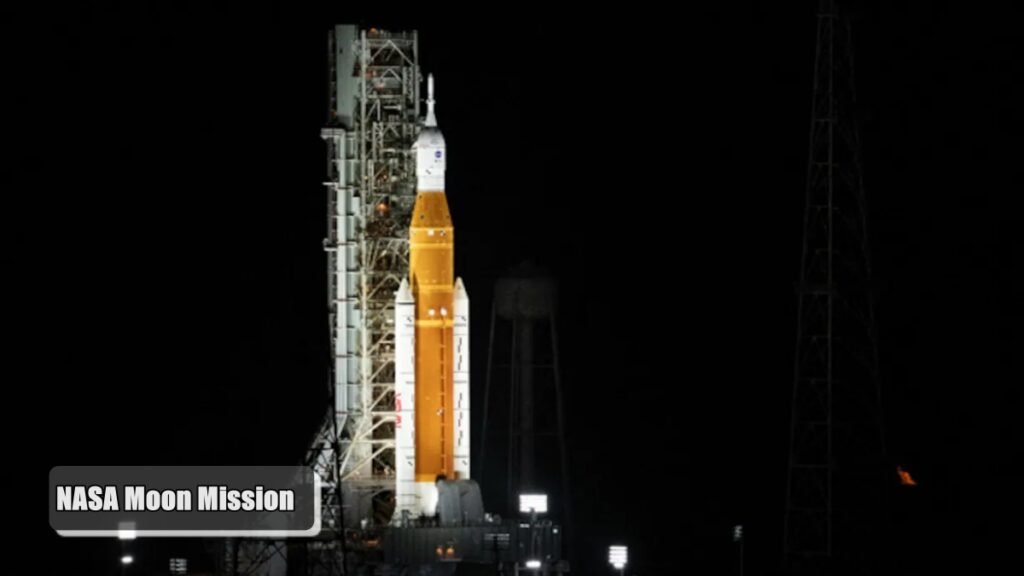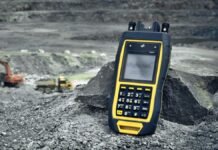
Washington: A hydrogen leak and a crack in the rocket forced NASA on Monday to postpone the scheduled launch of its Artemis moon rocket. Known as the Space Launch System (SLS), the rocket was to make its debut flight from Pad 39B at the Kennedy Space Center in Florida for its scheduled flight on August 29.
The news of the non-flying came after technicians repeatedly switched the fuel filling process on and off the rocket, leading to speculation that there was some technical fault in the rocket. According to the news agency AFP, there was already an hour delay in refueling due to lightning in the window of just two hours for the flight. After that, after getting two leakages, the delay kept increasing.
After receiving the leak, the US space agency NASA tweeted and informed us about the postponement of the scheduled launch of the rocket. NASA said engineers are evaluating data collected during the Artemis I launch attempt. According to the space agency, the rocket’s engines could not reach the proper temperature required by the two-hour deadline for starting at liftoff. According to scientists, there has been a problem in the launch due to a fault in engine number three.
Will try again on Friday
NASA said that at present no scheduled time has been selected for the launch, but the launch is likely to be done again on September 2. If the launch is not known even on 2nd September, then the day of 6th September has been kept on standby.

NASA will send astronauts to the moon after a long time
After testing this rocket, NASA will once again land astronauts on the moon in the 2030s. NASA has said that it will soon land the first female astronaut on the moon. More than ten countries in Europe are involved in this mission of NASA, which is working on different subjects of the rocket. This massive 100-meter-long rocket produces SLS 15 percent more thrust than Apollo’s Saturn V rocket. This extra tremendous thrust will not only help the vehicle send astronauts far away from Earth but in addition, more equipment and cargo will enable the crew to stay away from Earth for longer periods.




















































